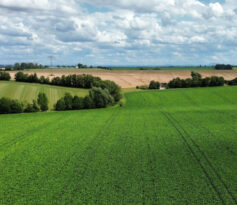
Deployments
We have several running deployments in and around Bremen, as well as some more exciting ones presented next.
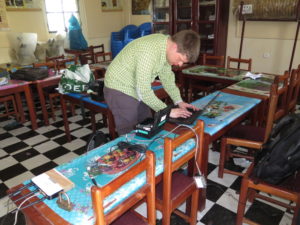

Ngaoundere, Cameroon: The first test fields were carried out in the North of Cameroon, on the campus of the University of Ngaoundere in April 2016. We have tested the hardware and the software and have obtained several days of soil moisture data. The results of these experiments and the obtained data are published here:
Zaman, M. Gellhaar, J. Dede, H. Koehler and A. Foerster, “Demo: Design and Evaluation of MoleNet for Wireless Underground Sensor Networks,” 2016 IEEE 41st Conference on Local Computer Networks Workshops (LCN Workshops), Dubai, United Arab Emirates, 2016, pp. 145-147, doi: 10.1109/LCN.2016.040.
Johannesburg, South Africa: In 2017, we have tested our sensor nodes for a different application scenario, namely miners’ safety during disasters. The goal was to evaluate the communication quality of the MoleNets in underground mines and their applicability as localization devices for trapped miners. The work was conducted together with Prof. Frederick Cawood and his team from the Witwatersrand University in Johannesburg. The results were quite promising and we are looking forward to continuing this cooperation once we can travel again. The results are described in this publication:

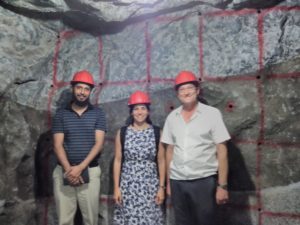
Zaman, A. Förster, A. Mahmood and F. Cawood, “Finding Trapped Miners with Wireless Sensor Networks,” 2018 5th International Conference on Information and Communication Technologies for Disaster Management (ICT-DM), Sendai, Japan, 2018, pp. 1-8, doi: 10.1109/ICT-DM.2018.8636376.

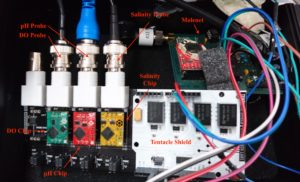
Hanties Bay, Namibia: in 2018, a master’s student of the CIT program went to Namibia to try the MoleNets for aquarium monitoring. Even if this was not a typical underground environment, aquarium halls share some properties with it, like the generally increased humidity and high environmental interference. The application itself was also very intriguing: maricultural researchers were trying to grow sweet water fish in salty water in order to better adapt to climate change and to consumers’ preferences. Thus, we installed a MoleNet on the aquarium, with sensors hanging into the water and monitoring pH value, dissolved oxygen, and water temperature. The results were again very positive and an installation there is still running. The results and experiences are described here:
Qayyum, K., Zaman, I. & Förster, A. H2O Sense: a WSN-based monitoring system for fish tanks. SN Applied Sciences 2, 1643 (2020). https://doi.org/10.1007/s42452-020-03328-3

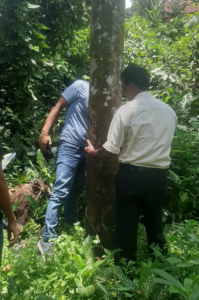
Agalawatta, Sri Lanka. Four Bachelor students from Sri Lanka deployed MoleNet in an experimental plantation run by the Rubber Research Institute of Sri Lanka in 2023. The goal of this work which is part of the students’ final year’s project is to monitor moisture and different nutrient parameters of the soil in real time. So far, these tasks have to be done manually by regularly taking soil samples at different locations of the field, which are then analysed in the lab. This on the one hand requires a considerable amount of work and on the other hand can only be done in relatively long time intervals. MoleNet allows for a continuous monitoring of the soil parameters to get a better insight how these parameters change over time. For training on the usage and programming of the MoleNet nodes, the students had previously visited our department in a research internship.

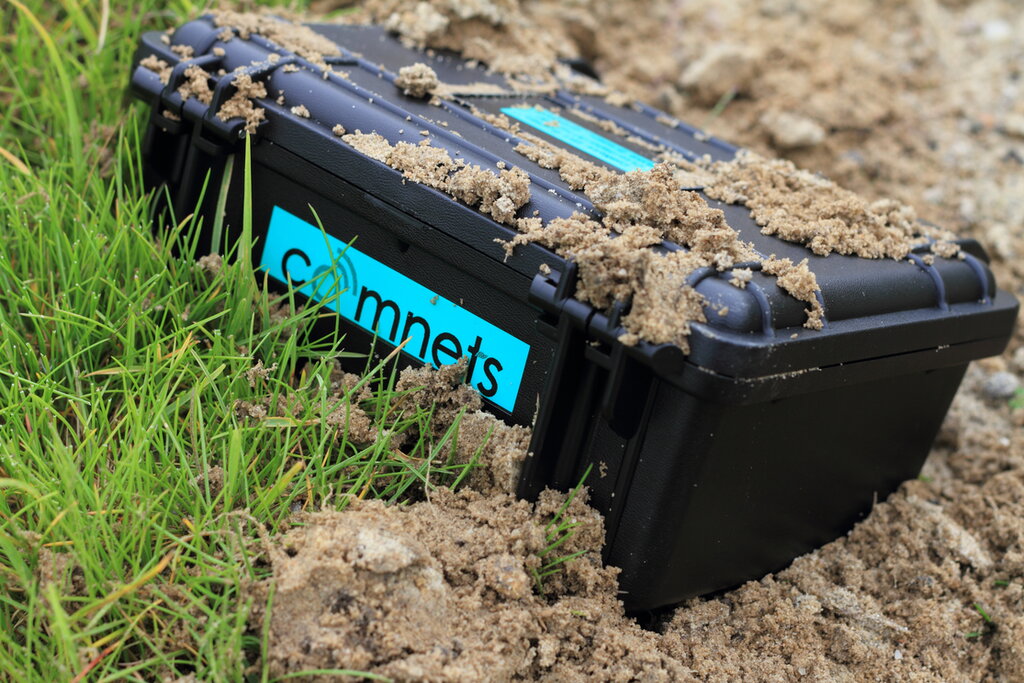
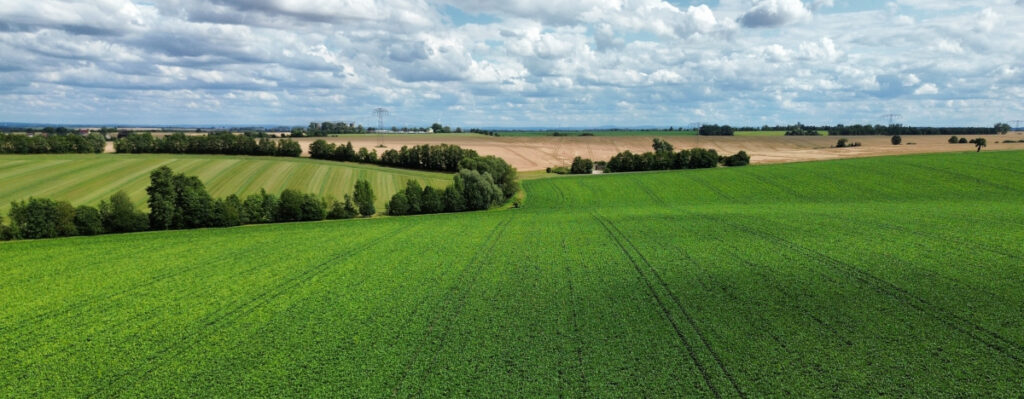

Recent Comments